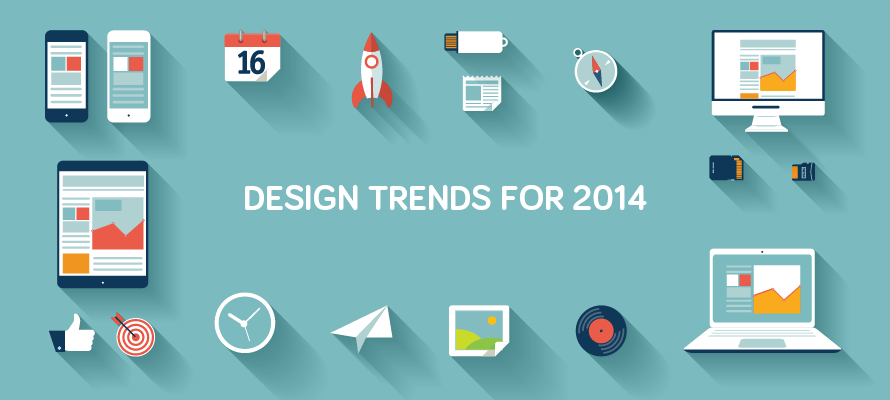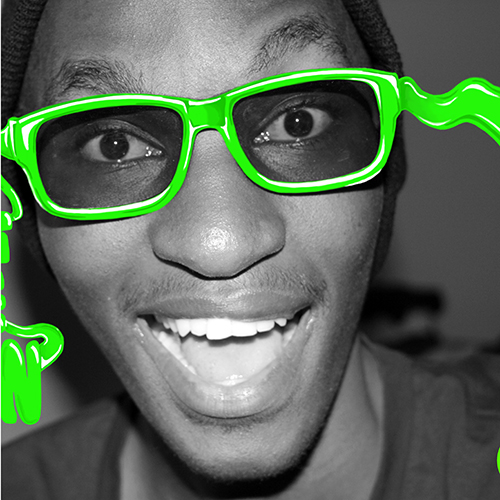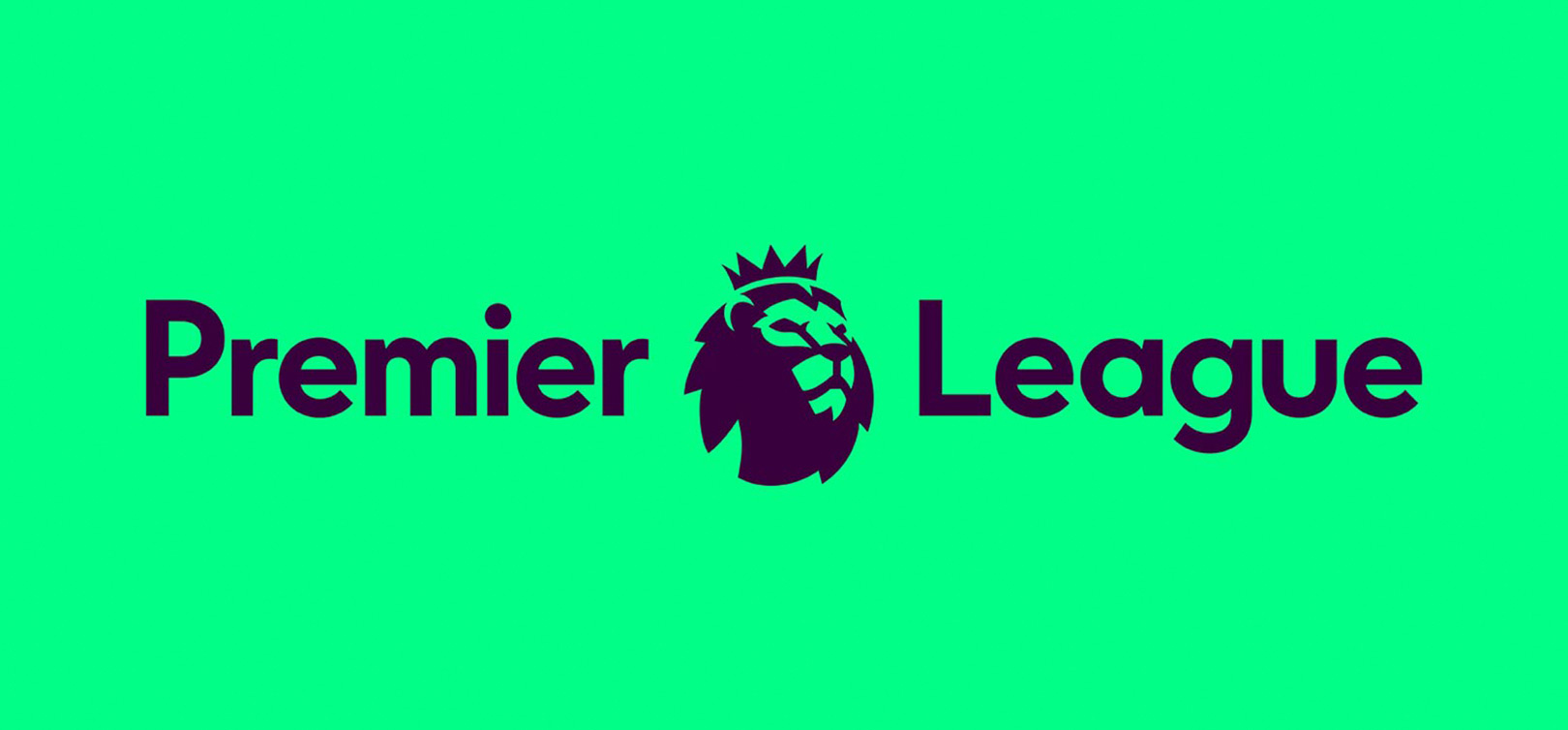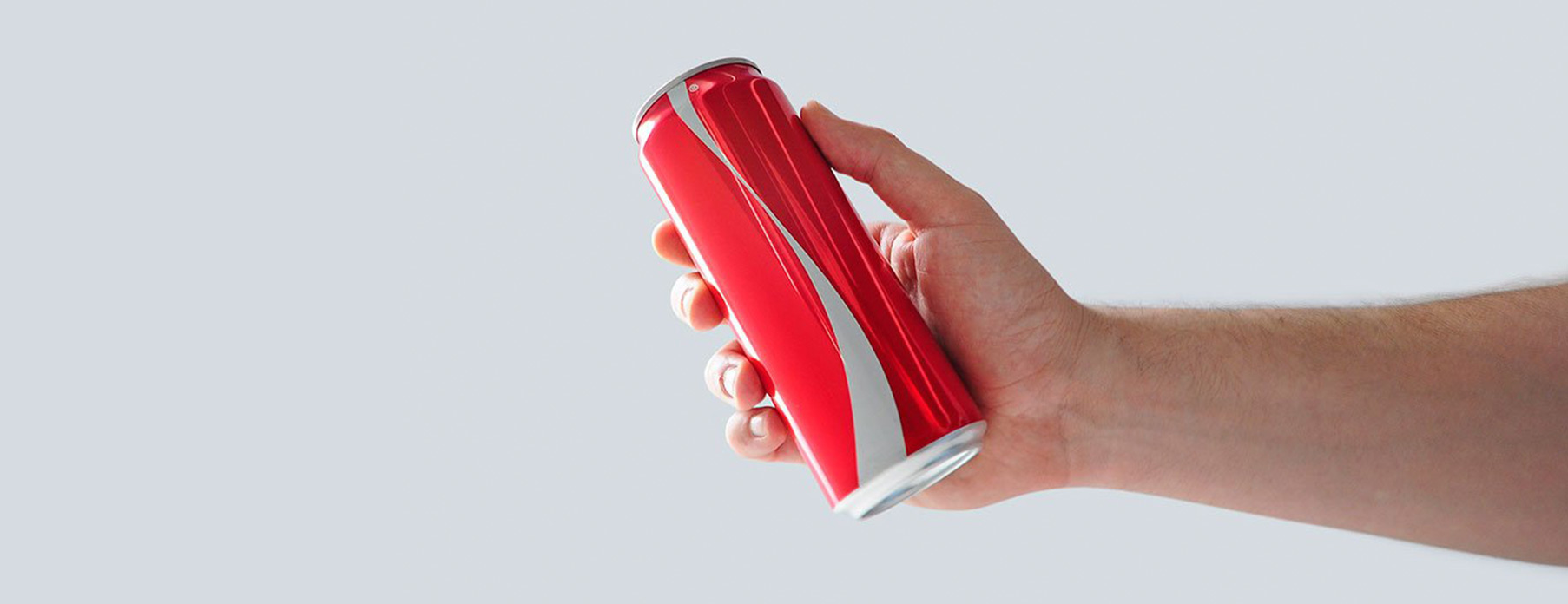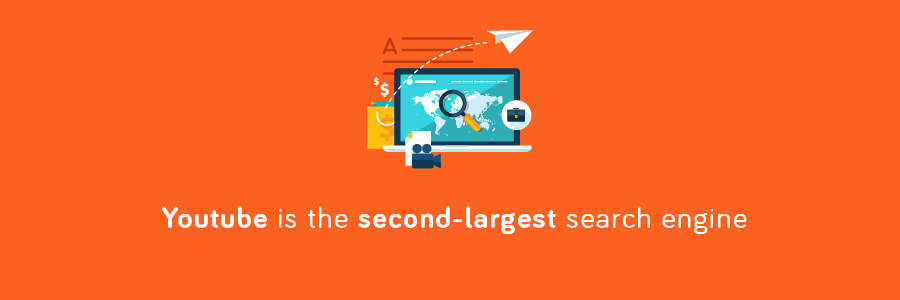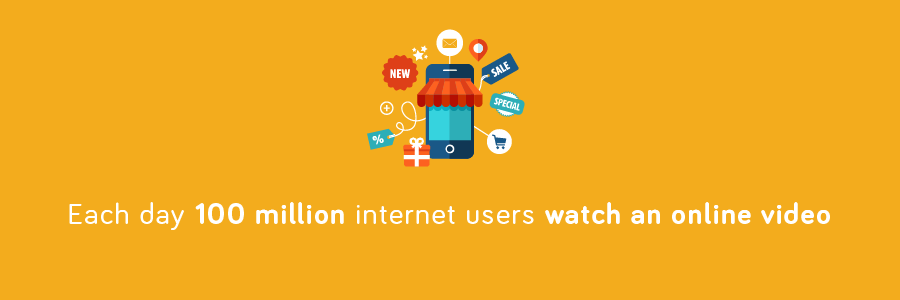Posted at 10:52h
in
Video Animation
We naturally have a tendency to gravitate toward moving objects over the static kind, As beings of medium intelligence (Second only to Spock and Tony Stark), especially when they have no reason to be (See: All horror movies). The rest of the time though, we thoroughly enjoy the sight of objects bouncing about and being acted upon by the forces of nature. So much so that, more often than not, the experience of an animated object becomes a lasting memory – causing us to make decisions based around this experience with lasting effect on all our future decisions revolving around that subject. The question then arises in the mind of the techno-savvy entrepreneur, “How can I create a lasting impression about my products in the minds of my clients, creating an opportunity for them to choose my brand over another’s.” One word: Animation.
The (not-so) technical explanation
Our brains are one of the most fascinating creations of nature. As creatures of motion ourselves, we use inertia to detect direction, depth, shape recognition as well as for navigating our visually complex world – pretty important tasks, I’d say. What it means for objects without motion, is that without thinking, our brains automatically flag them as less important because of the value of the information received – but I digress. As marketers and business people, using animation to influence the buying patterns of the average consumer is of significant importance. Our product become more memorable, more appealing and also increase the likelihood that a client would make a purchasing decision based on that appeal. This is very evident in advertising campaigns such as Vodacom’s dancing Merekat or Chicken Licken’s hungry Orangutan – both showcasing very motion-centric and humanoid characters. However, let’s tap into this a bit further.
Before we learn to affect people with our Jedi mind-tricks we need to understand the process of how something becomes memorable on a molecular level (don’t sigh at me, I know we are not in high school anymore). Nevertheless, as part of our brain’s make-up we have what’s called a hippocampus, which is responsible for the control of memory (It is safe to blame your hippocampus for forgetting your lunch at home this morning, you know). This process occurs in three phases:
Encoding phase:
Our brains are far less complicated than we think, and most of the time it works as a computer does (unless we’re drunk, angry or on the job, *wink wink*). Think about the time your first fell in love. You noticed certain facial features or the way your ‘infatuatee’ moved or acted. Within less than a second, you already knew that you loved this person. Let’s dissect this experience. Once information is converted to an electrochemical signal by our visual cortex (from our eyes) and transmitted to our Hippocampus, one of two situations occur: either we remember, or we forget. Think of our hippocampus as, well, computer memory. With a limited number of resources, our brain’s memory needs to decide what information is important. Like the Random Access Memory in our computers, the level of complexity a task our hippocampus has to process determines the amount of resources our brain must use to process the information. So, if the process becomes too complex for the hippocampus to handle, our brains refuse to accept the information and rejects the data. This means that should information we receive not be important enough, or too complex our brain discards the data and we forget all out the pompous guy at the bowling alley trying to act all macho or the science class involving diatomic molecules.
Storage phase:
Once information passes the importance-complexity test and is deemed to be important enough by our brains, it is written to our memory in either the perception, short term or long term stages. Depending on a combination of the two, the more important the memory is, the more vividly we remember it, which if tapped into correctly can create the right conditions for memorable products and services.
Recall phase:
Accessing the information we have stored in our mental hard drives happens in the recall phase. Remembering a catchy jingle, words to a song or what happened in a movie is part and parcel of recalling information. This final phase of memory is the most important. “How do we get our potential stakeholders to recall or remember our products and services over our competitors’ offerings?” you ask? Well lit’s take a look at that.
Jedi mind tricks
Now that we know how the brain and our different phases of memory works, it is possible for us to recondition our audiences with tried and tested methods, so that they, not only like our products and services more, but are also more inclined to make purchasing decisions based upon the experience they had with us.
New experiences
Have you ever wondered how you remember the smell of the ocean and the taste of your grandmother’s chocolate cake, or the smell of a friend and the thrill you experienced when you went on a roller-coaster for the first time? New experiences bewilder our senses; they give us a rush and better yet, those feelings are so primal and easy to digest that our hippocampus adds them straight to our memory (in a “do not pass go, do not collect R200” fashion). Because animated video does not over-stress our senses and makes use of simple, easy-to-process information, the right conditions for memorable experiences become apparent. Making use of new and creative ways to showcase your animated product ensures that your brand creates a lasting impression. A good example of creating new experiences through animation would be Samsung’s use of 3D projection – that is a relatively old technology. The experience, however, became renewed when Samsung used buildings and guerrilla advertising in conjunction with these large-scale projections. The result? A completely immersive experience that resonated with the world.
Humour
Acme Corp. Road Runner. The Coyote. Need I say any more? Long since the inception of animation, humour is a tool greatly used to improve the perceptive ability. Because animation can greatly exaggerate motion, integrating humour becomes almost natural. Adding humour to your animations creates a lightened mood which puts your audience at ease and makes them more receptive to remembering your product or service. Wonga.com cleverly makes use of humour to help entice consumers to taking out loans – which is a rather serious topic.
Sight
Because recalling memories are mostly attributed to the visual process, making use of visually stimulating imagery greatly enhances the impression we create in the minds of our audiences. This is a double edged sword though – Making use of too few visual elements in our animations, would cause our products to be considered boring and do not make it into the memories of our potential buyers. Too much information, however and our buyers consider our products to be to busy, which over-stimulates their minds and they do not remember what we’re showing them. Therefore, we need to make sure that the amount, as well as the quality of the visual information we present to our viewers is just enough. How do we do this? Make use of sufficient color. Not too bright, nor too dull. Pastels are your best choices. Next, do not overfill your screen. I have a rule of thumb, that about 30% of the number of pixels on your screen should be animated at any given point – not including the animation of solids backgrounds. Lastly, do not animate too many of the objects on the screen. Only animate that which is the most important, like your characters and main focus points. this allows our viewers to focus in on a particular subject and for the better part, remember what they see. Congratulations, your animation is now visually impressive!
Sound
Although it is not related directly to our use of sight, utilising sound in animation is extremely important. Subliminal messages could be conveyed by the mood of a song or the intensity of sounds happening while an animation takes place. Firstly, ensure that your sound is of sufficient quality. We train our minds to take notice of some things that are better than others – we class the use of our senses. This is because listening to, or viewing bad quality sounds and objects are taxing on the amount of resources we reserve for the action. Use better quality sound and your animation will be more memorable – it is that simple. Next, prioritise the sounds you would like to be more prominent. Too much audio information at any given point can over-stimulate our senses and cause us to forget something in mere seconds. How I work is that the voice is the most important, followed by any sound effects and then lastly the backing music. this ensures that our viewers and listeners can dedicate sufficient resources to the listening action without burning out.
In Closing
I know it seems like a science, but it isn’t. These are things we do subconsciously every day. We remember and forget so often that it’s hard to count. Making our products and services more effective using the above-mentioned tactics, ensures that our offerings are far superior to that of our competitors. Taking these aspects into account not only allows us to create better and more engaging stories, but also to whither out invaluable information – which ultimately, does more harm than good. Focus your message by using effective animation and sound design and you will captivate your target audiences that much more and ultimately, make more sales!





